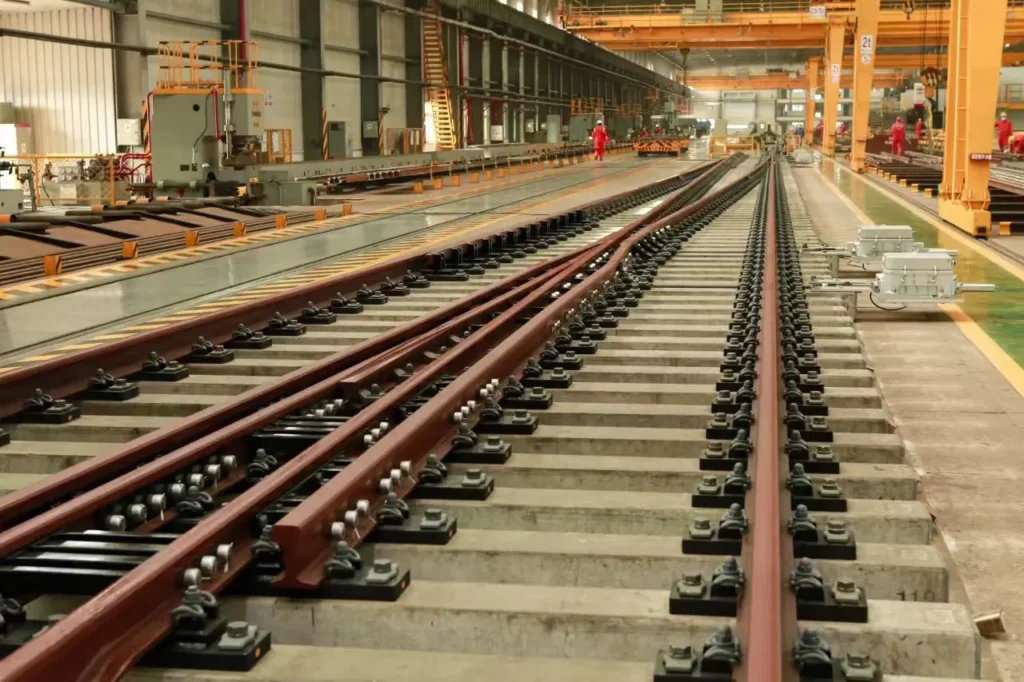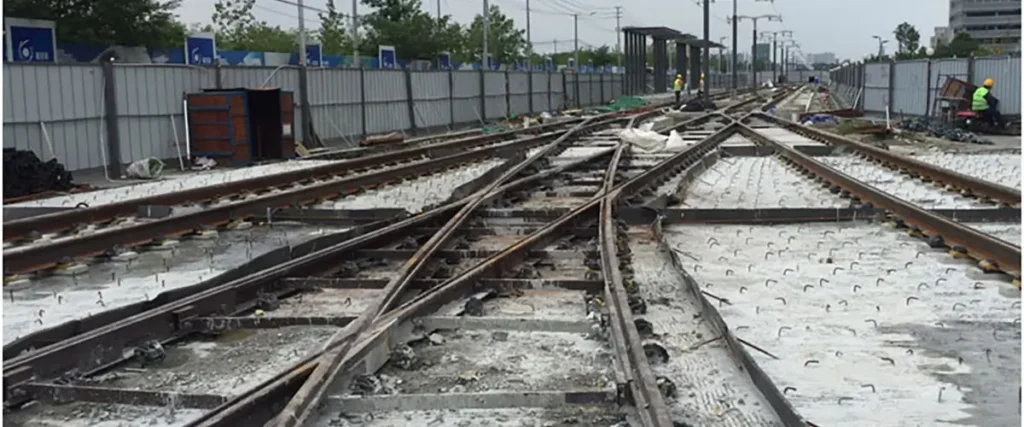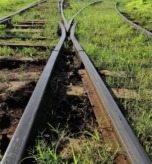Table of Contents
Introduction
Weather plays a crucial role in the performance of railroad turnouts, which are essential for directing trains from one track to another. Understanding how different weather conditions impact these mechanisms is vital for ensuring safety and efficiency in rail operations. This article will explore the various weather factors that influence turnout performance and provide insights into best practices for maintenance and operation.

1.Temperature Extremes
Extreme temperatures can significantly affect the materials used in railroad turnouts. High temperatures can cause track expansion, leading to misalignments, while low temperatures can result in contraction, making it harder for the turnout to function properly. Regular inspections during temperature fluctuations are essential to ensure safety.
2. Rain and Moisture
Excessive rain and moisture can lead to track bed erosion and poor drainage around turnouts. This can cause instability and affect the turnout’s ability to switch tracks smoothly. Implementing proper drainage systems and conducting routine maintenance can help mitigate these issues.
3.Snow and Ice Accumulation
Snow and ice buildup can obstruct the moving parts of a turnout, leading to operational delays and safety hazards. Operators should be proactive in clearing snow and applying de-icing agents to ensure that turnouts remain functional during winter months.
4. Wind and Storms
Strong winds and storms can displace track components, causing misalignment or even derailments. Regular inspections before and after severe weather events are crucial to ensure that all components are secure and functioning as intended.
5.Humidity and Corrosion
High humidity levels can accelerate corrosion in metal components of turnouts, leading to premature wear and failure. To combat this, regular maintenance and the use of corrosion-resistant materials can extend the lifespan of the turnout.
6. Best Practices for Weather-Resilient Turnouts
Implementing weather-resilient designs and materials can greatly enhance the performance of railroad turnouts. Operators should consider investing in advanced technology for monitoring weather conditions and turnout performance, ensuring timely maintenance and adjustments.

Conclusion
Understanding how weather affects railroad turnout performance is essential for maintaining safety and efficiency in rail operations. By being proactive and implementing best practices, operators can mitigate the impacts of adverse weather conditions and ensure smooth train operations.
FAQs
Temperature extremes can cause track expansion and contraction, leading to misalignments and operational issues.
Excessive rain can lead to erosion and poor drainage, impacting the stability and functionality of turnouts.
Snow and ice accumulation can obstruct moving parts, causing delays and operational hazards.
Regular inspections before and after storms are crucial to ensure that all components are secure and functioning properly.
High humidity can accelerate corrosion in metal parts, leading to premature wear. Regular maintenance is essential to combat this.
Investing in weather-resilient designs, conducting regular inspections, and using advanced monitoring technologies are key practices for maintaining turnout performance.






